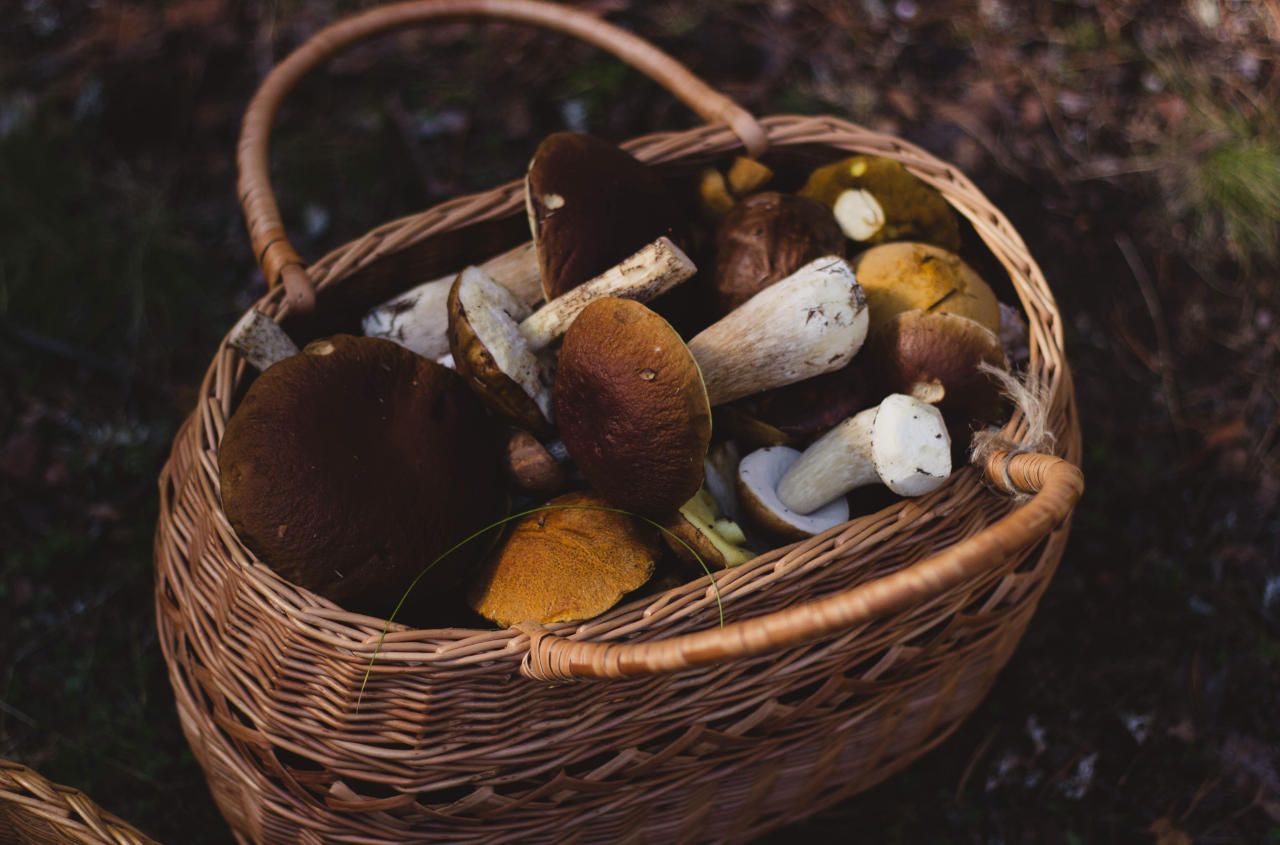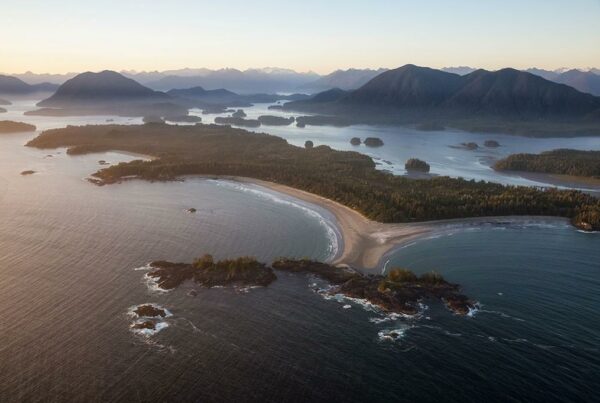Mycotourism is tourism centered on finding, identifying and foraging wild mushrooms.
With interest in edible, medicinal and psychedelic mushrooms for improving health and wellness skyrocketing in the last decade, there’s a growing opportunity for experiential learning around mycotourism.
One of the reasons why mycotourism offers such a great tourism business opportunity is because the best time for mushroom foraging is during the rainy season or shoulder season months of the spring and fall when it can be very slow for tourism operators.
Attracting people interested in mushroom foraging and hiking in the forests when the mushrooms are blooming offers a great opportunity to fill hotels and attract people during the slower months when occupancy and visitation is much lower than high season.
Why Mushroom Ecotourism?
The mushroom foraging seasons in the spring and fall offer an excellent opportunity for learning about the importance of fungi for soil health and protecting biodiversity.
Mushrooms are vital indicators of the health of the environment. Connecting local indigenous and scientific knowledge regarding fungi can help enhance understanding of the threats against biodiversity and provide people with actionable things they can do to help the environment.
Ethical mushroom foraging done with wicker baskets and the right tools can actually improve mushroom biodiversity by spreading their spores more widely in the ecosystem. As the fruiting bodies of the underground and often invisible fungal mycelium networks, mushroom’s vital ecological role in spreading reproductive spores can actually be enhanced by human foraging.
Mycotourism is not just sustainable tourism, it’s regenerative tourism, which is something that tourism boards talk about but often struggle to deliver substantial travel experiences that embrace this ethos.
Flora, Fauna And…Funga
A recent National Geographic documentary Flora, Fauna and Fungi follows Chilean mycologist Giuliana Furci, English mycologist Merlin Sheldrake and Dutch mycologist Toby Kiers where they talk about the importance of fungi in conservation.
They argue that recognizing the key role of fungi in conservation as fungal mycelium underpins nearly every terrestrial ecosystem on Earth but they are often overlooked in environmental and conversation policy.
Both National Geographic and the United Nations are echoing this call for fungi to be “recognised and protected on an equal footing with animals and plants in legal conservation frameworks”.
Less than 1% of global conservation efforts are directed at fungi, despite the fact that ecology and science is learning that supporting fungal diversity may be the most effective way to protect and restore biodiversity.
The International Union for Conservation of Nature notes:
“There would be no life on Earth without fungi: the yeasts, molds and mushrooms that are critical to decomposition and forest regeneration, mammalian digestion, carbon sequestration, the global nutrient cycle, antibiotic medication, and the bread, beer and chocolate we consume. Trees would not be able to live on land without fungi.”
Maybe it’s time to explore mycotourism as part of your sustainable tourism strategy!
Want to learn how to market and sell transformative mushroom tourism experiences? Reach out and we can help you develop your business strategy.
- Chephren Lake And The Mistaya River Valley - July 1, 2024
- Mindfulness And The 4 Steps of Attention Restoration Theory - June 29, 2024
- 3 Pillars Of An Ecotourism Marketing Strategy For Selling Travel Experiences - June 29, 2024



